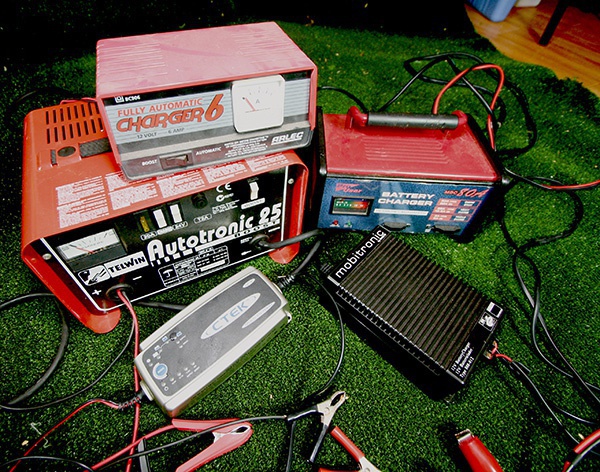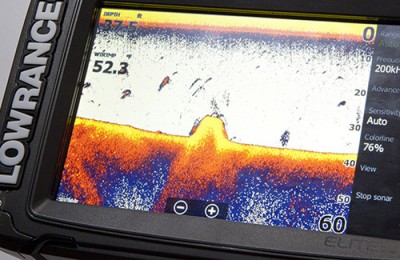This is the last installment of our three part series on batteries. In this article we will explain the best way to charge your battery to ensure your battery will last as long as it should.
Battery charging is one of those things that most people give very little consideration to. Unfortunately poor battery charging techniques are responsible for the early death of most batteries. For this article, the charging explained is for lead acid and AGM as well as calcium batteries (calcium batteries are primarily just lead acid batteries.)
Chargers
Battery chargers come in all different shapes sizes and price brackets. Cheap battery chargers are unfortunately probably one of the biggest killers of batteries. The main reason they kill batteries is because they do not have the ability to regulate the amount of charge going into the battery. If the battery is left unattended and on too long then the battery will be overcharged and irreversible damage will be done.
The most popular and effective battery chargers on the market are the ones that have the ability to give a three stage charge. These days the three stages can be split up into as many as 7 stages, however it is pretty much the same philosophy however they have more stages for the battery to cool down and level out the state of charge before carrying on with the charging process.
These battery chargers are pretty expensive compared to the cheaper ones, but when you consider how much outlay you make for a decent battery and the extended life you will get out of it by following good battery charging practices the initial price will be offset in a couple of years. Not to mention the increased capacities that your battery will be able to give you.
Three stage chargers work in this way:
Bulk Charge:
The first stage of 3-stage battery charging. Current is sent to batteries at the maximum safe rate they will accept until voltage rises to near (80-90%) of full charge level. Voltages at this stage typically range from 10.5 volts to 15 volts. There is no “correct” voltage for bulk charging.
Absorption Charge:
The 2nd stage of 3-stage battery charging. Voltage remains constant and current gradually tapers off as internal resistance increases during charging. It is during this stage that the charger puts out maximum voltage. Voltages at this stage are typically around 14.2 to 15.5 volts.
Float Charge:
The 3rd stage of 3-stage battery charging. After batteries reach full charge, charging voltage is reduced to a lower level (typically 12.8 to 13.2 volts) to reduce gassing and prolong battery life. This is often referred to as a maintenance or trickle charge, since its main purpose is to keep an already charged battery from discharging.
Batteries Part 1 – 12v, 24v and 36v
Did you miss our first installment? Find out more about battery voltage and linking in Part 1 of our series on Batteries.
Batteries Part 2 – Battery Types
Don’t forget to check out Part 2 of our series on Batteries. It has all you need to know about choosing the right type of battery for the job.
Important Tips
To prolong the life of batteries and in particular deep cycle batteries, the following tips will ensure healthy, longer lived batteries.
- Never completely discharge a battery, the maximum amount that a battery should ever be discharged is around 80% of its total capacity.
- Recharge batteries within 24hrs of discharging.
- Keep electrolyte levels topped up to just under the filler or vent tube.
- Only ever top up electrolyte with distilled water. The only time you would add more electrolyte is if you lost electrolyte through a spill.
- Ensure that the battery tops are kept clean and dry. Charge can be lost through the dirt and moisture on the top of a battery due to escape through a short between the battery terminals.
- Terminals should be checked that they are tight and in good condition. If terminal cables or connectors are deteriorated they should be replaced with the same size or larger cables or connectors.
- Batteries should always be held in place securely with hold downs or clamps. These should obviously always be checked that they are tight.
- Try to always discharge your battery by more than 10% before recharging.
- No matter what the instructions say it is good practice to never leave a battery charger attached after the battery is back to full charge.
These easy to do tips will increase battery life and when done in conjunction with good charging practices will increase battery life even further.












